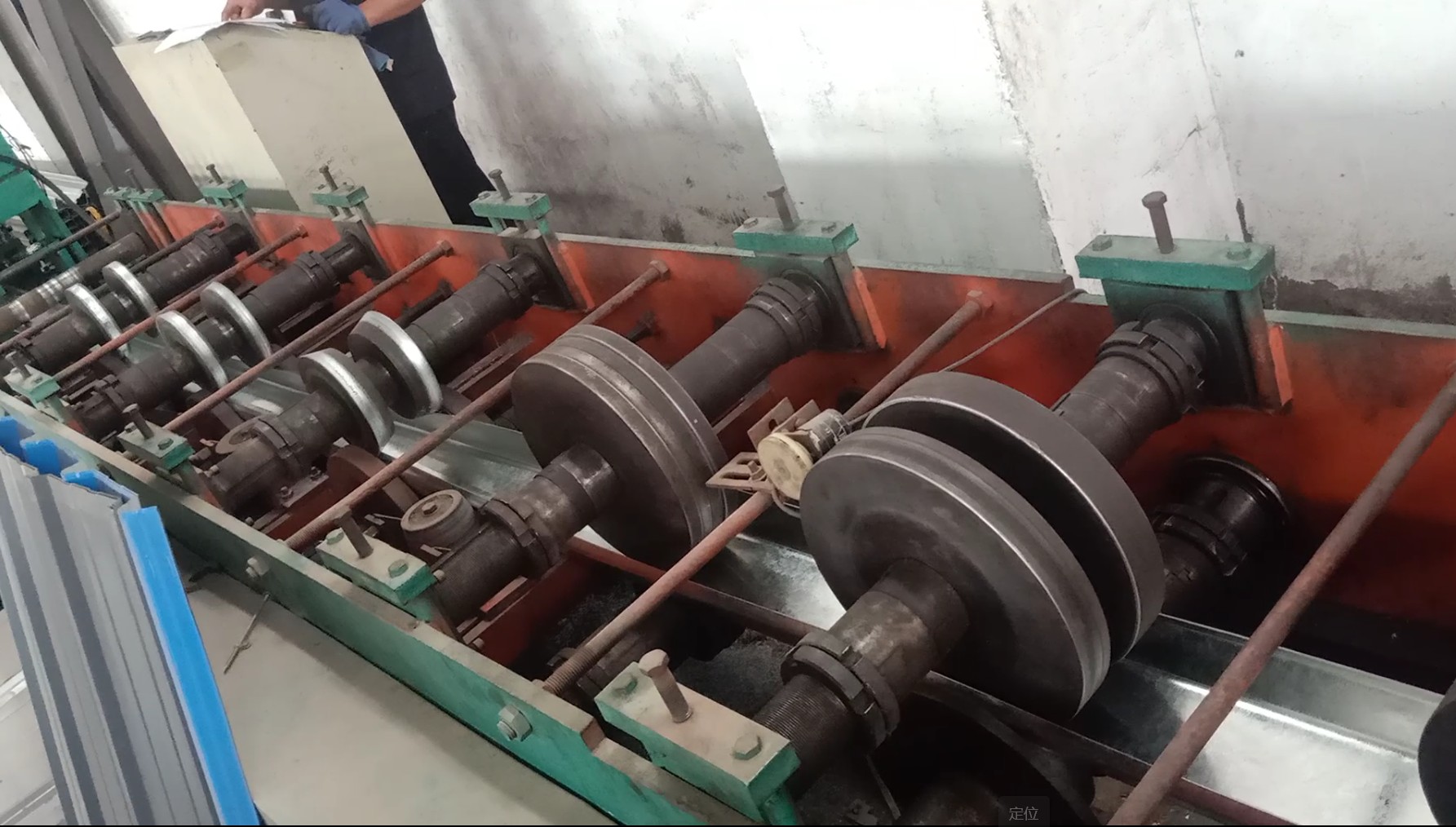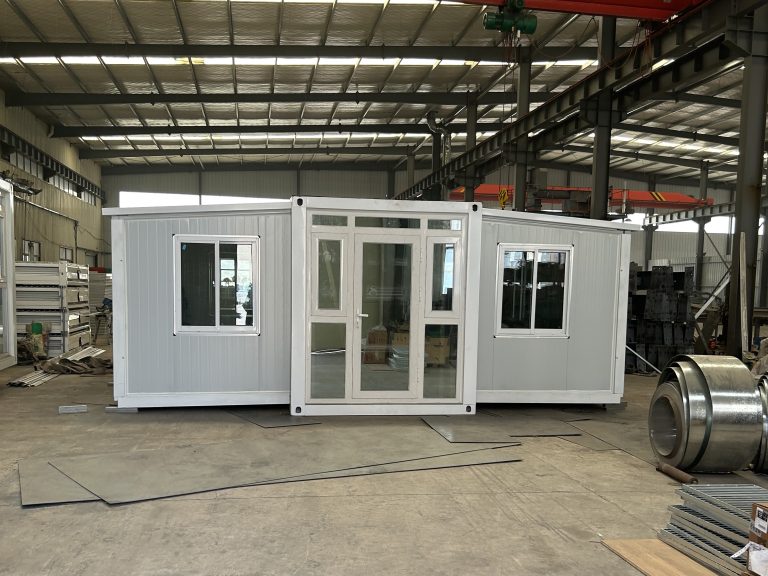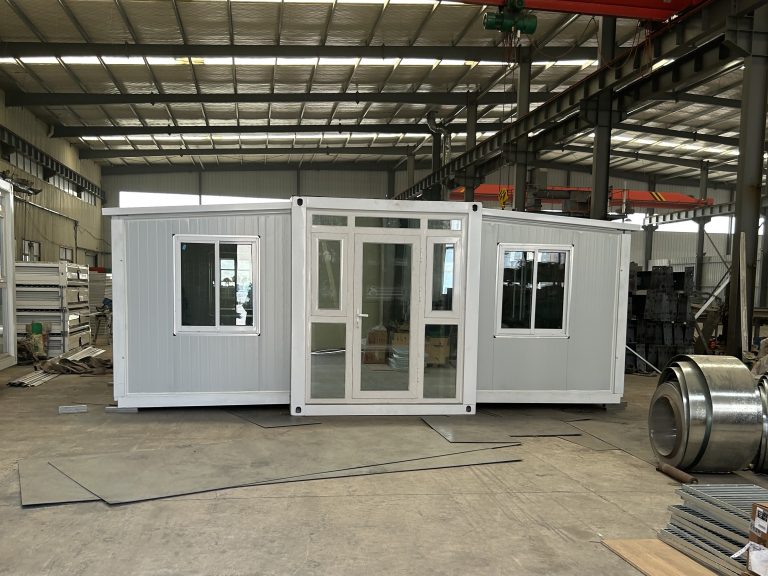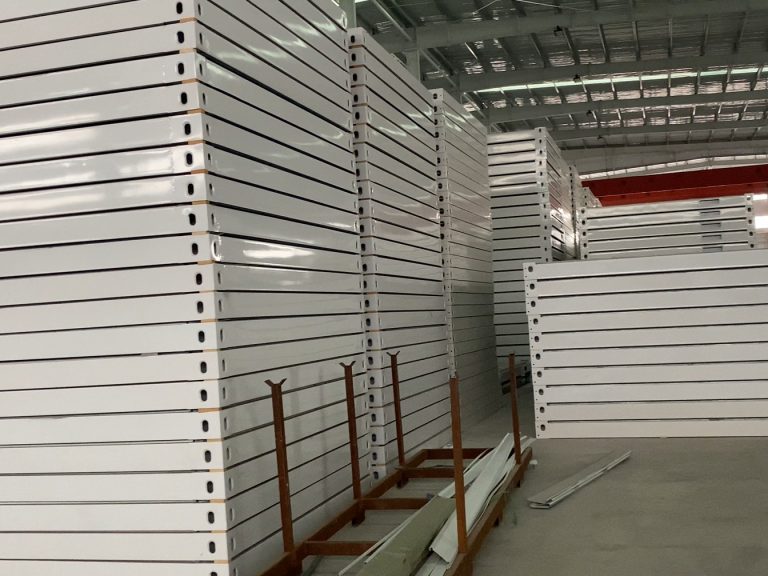Table of Contents
Benefits of Implementing International Standards in Steel Structure Industry
The steel structure industry plays a crucial role in the construction sector, providing the framework for buildings, bridges, and other infrastructure projects. As the demand for steel structures continues to grow globally, it has become increasingly important for companies in this industry to adhere to international standards to ensure quality, safety, and efficiency in their products and processes.
Implementing international standards in the steel structure industry offers a wide range of benefits for both manufacturers and consumers. One of the key advantages is the ability to ensure product quality and consistency. By following established standards, companies can guarantee that their steel structures meet specific criteria for strength, durability, and performance. This not only enhances the reputation of the company but also instills confidence in customers who rely on these structures for their projects.
Furthermore, adhering to international standards can help companies improve their efficiency and productivity. Standardized processes and procedures streamline production and reduce the likelihood of errors or defects. This can lead to cost savings and increased competitiveness in the market. Additionally, by following international standards, companies can access a larger pool of potential customers who require products that meet specific quality requirements.
Another significant benefit of implementing international standards in the steel structure industry is the promotion of safety. Standards such as those set by organizations like the International Organization for Standardization (ISO) and the American Society for Testing and Materials (ASTM) include guidelines for ensuring the structural integrity of steel buildings and the safety of workers and occupants. By following these standards, companies can minimize the risk of accidents and ensure that their structures are built to withstand various environmental conditions.
In addition to quality, efficiency, and safety, implementing international standards in the steel structure industry also facilitates technical exchange and collaboration among companies worldwide. By adhering to common standards, companies can easily communicate and share information with partners, suppliers, and customers in different countries. This exchange of knowledge and expertise can lead to innovation, improved practices, and the development of new technologies in the industry.
Moreover, international standards help to create a level playing field for companies operating in the global market. By establishing common criteria for quality and performance, standards ensure fair competition and prevent unfair advantages for companies that do not meet these requirements. This promotes transparency and trust among industry players and helps to build a more sustainable and resilient steel structure industry.

Overall, the benefits of implementing international standards in the steel structure industry are numerous and far-reaching. From ensuring product quality and consistency to promoting safety and efficiency, standards play a vital role in the success and growth of companies in this sector. By following established guidelines and collaborating with partners worldwide, companies can enhance their reputation, expand their market reach, and contribute to the advancement of the industry as a whole. In an increasingly interconnected and competitive global economy, adherence to international standards is essential for companies in the steel structure industry to thrive and succeed.
Key Strategies for Successful Technical Exchange in Steel Structure Industry
The steel structure industry plays a crucial role in the construction sector, providing the framework for buildings, bridges, and other infrastructure projects around the world. As the demand for steel structures continues to grow, it is essential for industry professionals to stay up-to-date on the latest technical developments and standards. International standard development and technical exchange are key strategies for ensuring the success and sustainability of the steel structure industry.
One of the primary benefits of international standard development is the establishment of common guidelines and best practices that can be adopted by industry professionals worldwide. By adhering to these standards, companies can ensure that their products meet the necessary quality and safety requirements, regardless of where they are being used. This not only helps to streamline the production process but also enhances the overall reputation of the industry as a whole.
Technical exchange plays a complementary role in the development of the steel structure industry, allowing professionals to share knowledge, expertise, and innovative ideas with their peers from around the world. Through technical exchange programs, industry professionals can learn about new technologies, materials, and construction techniques that can help improve the efficiency and sustainability of their projects. This exchange of information is essential for driving innovation and pushing the industry forward.
In order to facilitate successful technical exchange in the steel structure industry, it is important for professionals to actively participate in international conferences, workshops, and training programs. These events provide valuable opportunities for networking, collaboration, and knowledge sharing, allowing professionals to learn from each other and stay informed about the latest trends and developments in the industry. By engaging in these activities, professionals can expand their skill set, broaden their perspectives, and build relationships with colleagues from around the world.
Another key strategy for successful technical exchange in the steel structure industry is to establish partnerships and collaborations with international organizations, research institutions, and industry associations. By working together with other stakeholders, professionals can leverage their collective expertise and resources to address common challenges, develop new solutions, and drive innovation in the industry. These partnerships can also help to facilitate the exchange of technical knowledge and best practices, leading to improved standards and practices across the industry.
Furthermore, it is important for professionals in the steel structure industry to stay informed about the latest developments in international standards and regulations. By keeping abreast of changes in the regulatory landscape, professionals can ensure that their projects comply with the necessary requirements and avoid costly delays or setbacks. This requires a commitment to ongoing education and training, as well as a willingness to adapt to new technologies and practices as they emerge.
In conclusion, international standard development and technical exchange are essential strategies for ensuring the success and sustainability of the steel structure industry. By adhering to common standards, participating in technical exchange programs, establishing partnerships with international stakeholders, and staying informed about regulatory developments, professionals can drive innovation, improve efficiency, and enhance the overall quality of their projects. Through these efforts, the steel structure industry can continue to thrive and meet the growing demands of the global construction sector.





